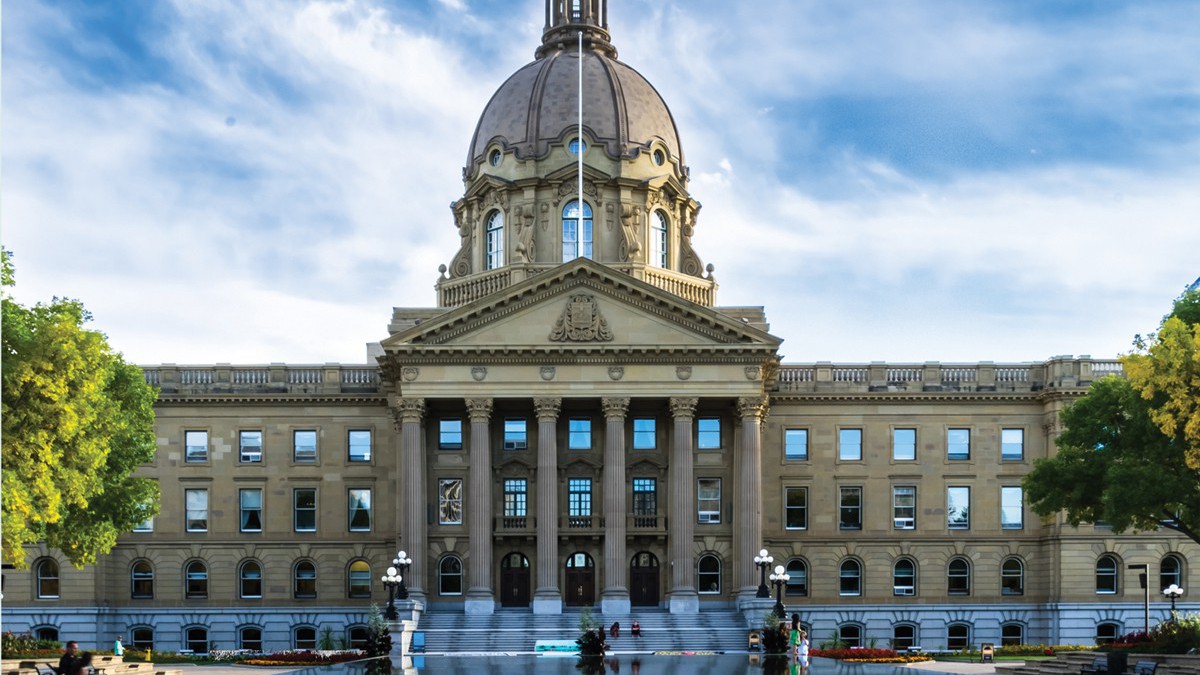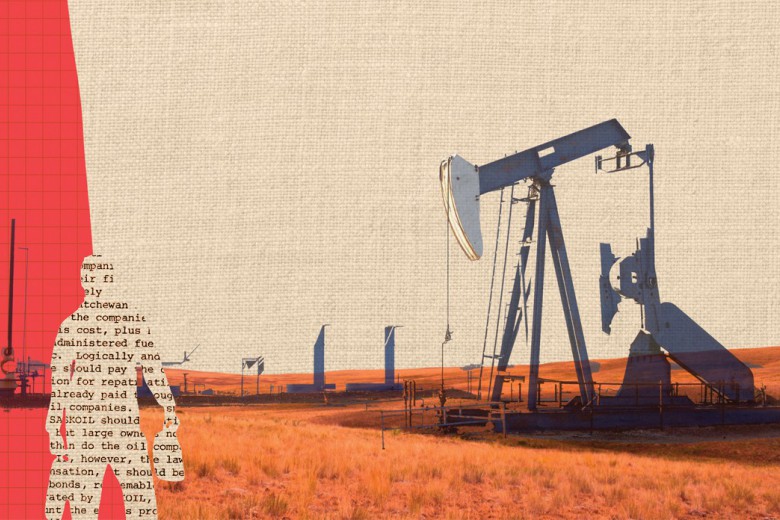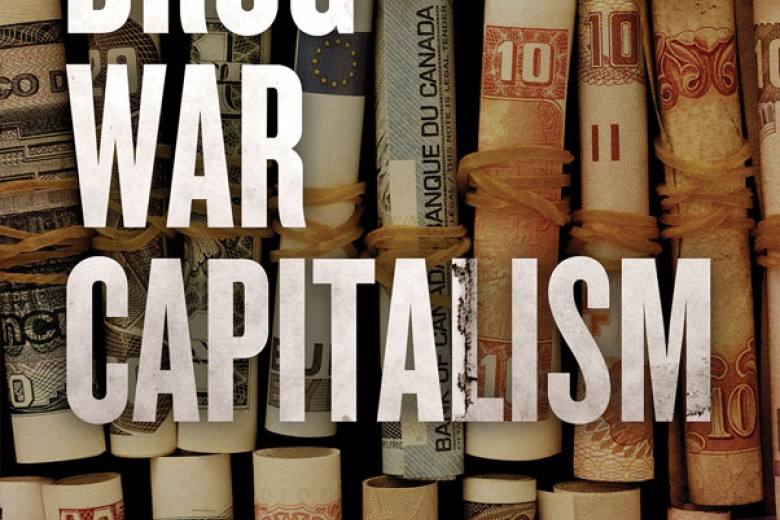The fossil fuel industry has the Canadian government by the throat – but it’s been a long time coming. In Oil’s Deep State, Kevin Taft, former leader of Alberta’s Liberal opposition and established chronicler of Alberta politics, documents the fossil fuel industry’s early awareness of the effects of greenhouse gases on the climate (Exxon knew as early as 1977). He describes the industry’s subsequent organized and well-financed campaign of doubt and disinformation meant to stall meaningful legislation to curb carbon emissions. Using the examples of the Koch brothers in the U.S. and Canada’s Bruce Carson – the Harper adviser found guilty of illegal lobbying on behalf of fossil fuel companies– Taft argues that the fossil fuel industry has captured regulators and public institutions to such an extent that it should be considered a deep state, where ostensibly public institutions serve narrow private interests. The line between industry and government blurs as staff rotate between the roles of regulator and lobbyist. No matter the elected party or official, the argument goes, the influence of the fossil-fuel deep state sets the agenda.
No matter the elected party or official, the argument goes, the influence of the fossil-fuel deep state sets the agenda.
The timing of Taft’s deep state theory is somewhat unfortunate, as “deep state” talk features prominently in the conspiracy commentary surrounding Trump, south of the border. But is thinking about the industry’s influence as a deep state accurate to begin with? Taft’s solutions largely call for a return to a “healthy democracy,” where regulators and public institutions serve their righteous function: championing the public good above all else. Taft uses former Alberta premier Peter Lougheed’s policies in the 1970s as a model for a democratic government’s interactions with the industry. Under Lougheed, the government of Alberta – as the owner of oil, gas, and bitumen resources – had a somewhat antagonistic relationship with industry, driving hard bargains to deliver high returns for the owners (the government and the public). In Taft’s words, “they wanted to squeeze the most value from oil sands projects,” with the proceeds funding the Alberta Heritage Savings Trust Fund, investments in public infrastructure and programs, and bolstering Crown corporations.
I’d argue that there’s a far simpler explanation for the disappearance of such government–industry antagonism: the neoliberal counter-revolution that, in the 1980s, saw the likes of Thatcher, Reagan, and Mulroney launch attacks on the public sector and organized labour, alongside an anti-tax, pro-business, and free-trade crusade. No shadowy deep state has shaped our current predicament. Taft uses conspiracy-speak to obscure the fact that over the last 40 years, the public good has been redefined as what’s good for business, and it all happened in plain sight. The regulatory capture Taft critiques is not limited to the fossil fuel industry; it is part of a more general trend that saw the role of the state focus on “competitiveness” rather than on consumer or labour protections, or defending the public good. Nor was this redefinition natural or inevitable: it was a concerted policy push by the Business Council on National Issues. To “take democracy back,” as Taft advocates, requires acknowledging that capitalism today is a different beast than it was in the 1970s.
Over the last 40 years, the public good has been redefined as what’s good for business, and it all happened in plain sight.
Returning to the model of “public good” government idealized by Taft is no longer as simple as separating government and industry. Such compartmentalization was only possible in Lougheed’s time because of the peculiarities of that historical moment. In the 1970s, Alberta was in the middle of a rapid and unprecedented boom, after being a largely agricultural, have-not province – but the memory of pre-oil scarcity may have encouraged the government to play hardball with the fossil fuel industry. The relative strength of labour unions in this era may also have contributed to governments being held accountable to a “public good” that wasn’t business. But today, governments – not global swings in oil prices – are the ones blamed for economic downturns. As voters have come to expect and depend on the economic growth spurred by oil, politicians are scrambling to sustain that growth – meaning that they are more likely to bend over backward to appease the oil companies.
Absent, too, from Taft’s analysis is whether or not green alternatives can (or would, or should) perform the same function that fossil fuels have played within capitalism – and what this might look like in practice. Are green sources of energy concentrated in giant production facilities, or are they distributed across landscapes? Who owns them – public entities, private investors, or individual owners? Do they respond to democratic demands, or answer only to shareholders? The technical question – how will we do it, and with what technology? – often gets a great deal of attention, but the question posed by decarbonization is overwhelmingly a social and political one: what will society look like, and who will benefit from it?







